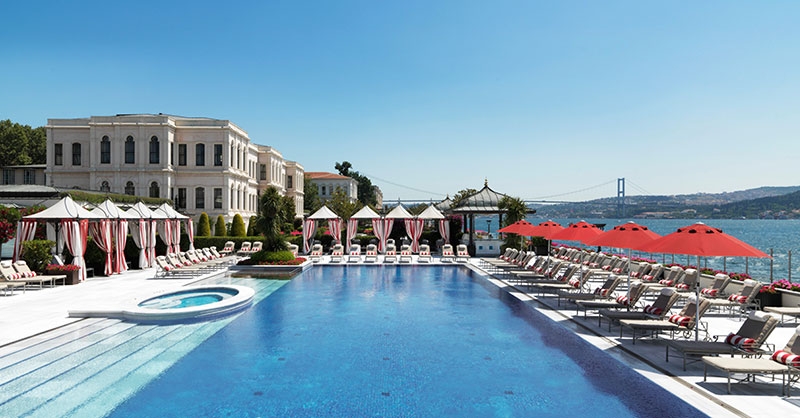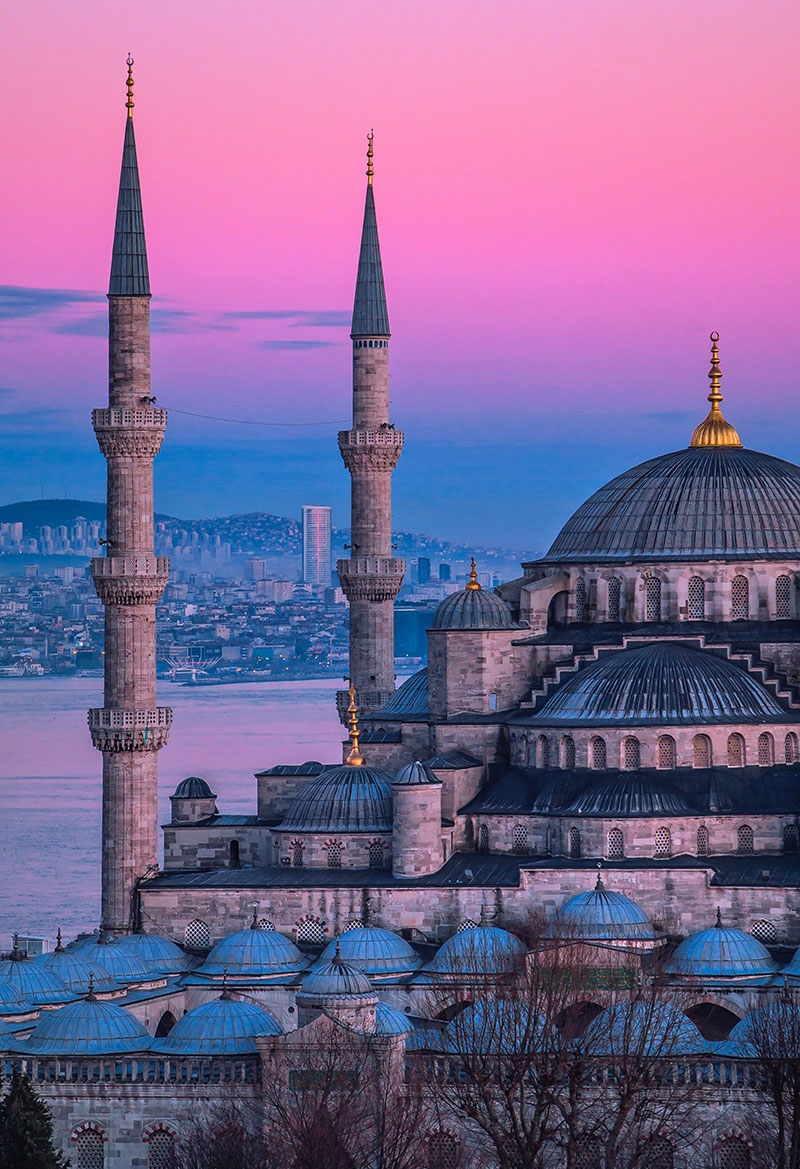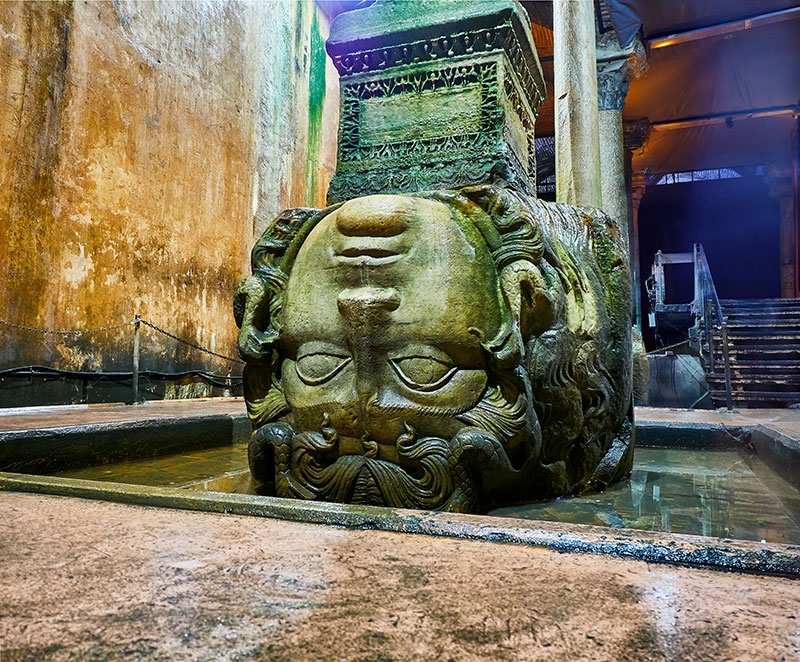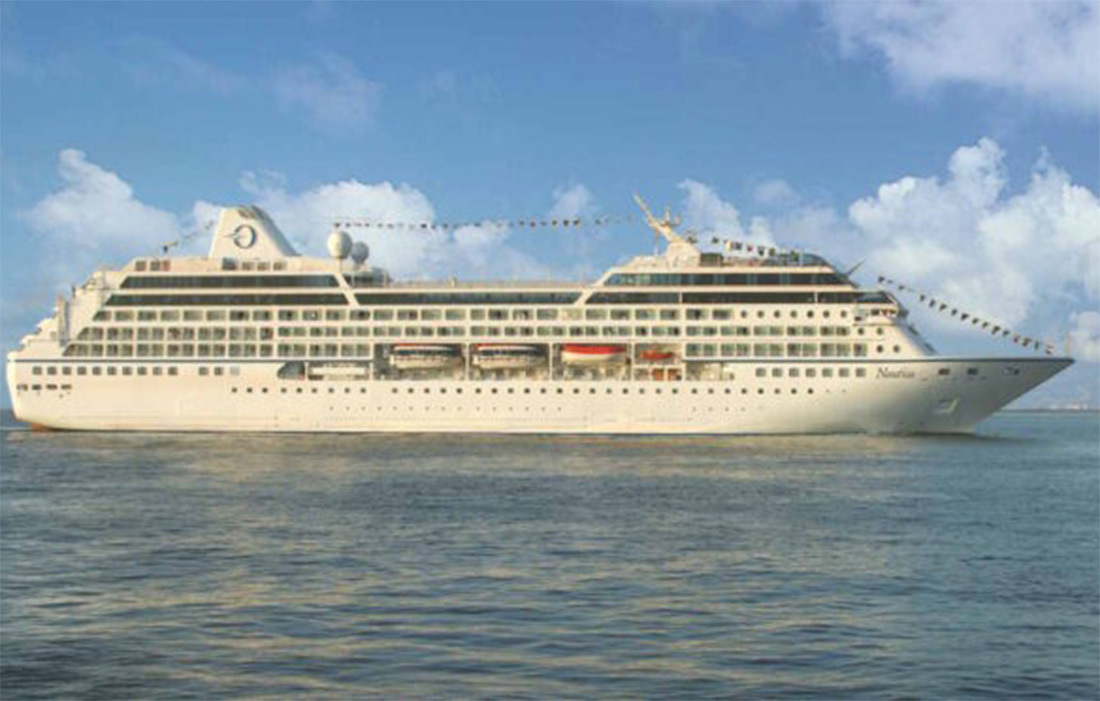City Life: Discover Istanbul's top new luxury hotels and Michelin-starred restaurants
It’s a new word for me, but already I rather like it. “To Bosphorise,” says our guide, means to sit by the river, to eat, drink and be lazy alongside the much-fabled waterway that separates east and west. “What makes this Istanbul is not the Blue Mosque or the Hagia Sophia, it’s the Bosphorus,” he adds.
Sure enough, it seems everything comes back to the water. In the morning, joggers puff their way along its banks, flat cap-wearing fishermen sit deep in contemplation as they set their lines, and a network of ferries, cargo ships and pleasure craft pass each other like an expertly choreographed ballet. Come evening, we set sail just as dusk softens the sky to pink, casting the spiky minarets of centuries-old mosques into shadow, while the call to prayer drifts gently on the breeze.
The Bosphorus looms large in the imagination, central to world affairs all the way from the Trojan War to Gallipoli. It’s the lifeblood of a city that sits astride two continents, so to spend some time along its shores seems more than deserving of an entry in the dictionary – to Bosphorise, it is.


Why sell it
“This is a huge city, it’s like a country in itself,” says guide Serhan Gungor. “Some neighbourhoods look like Paris, some like Damascus, some like Los Angeles. It’s all here in this one big city.”
That’s what puts Istanbul in the premier league of city breaks – if you want designer shopping or street-side dining, ancient history or modern art, a laid-back spa break or culture-packed tour, you can find it in the varied neighbourhoods of this sprawling metropolis.
It first took to the world stage in the fourth century AD, when Constantinople – as it was named – became the capital of the Roman Empire. Through the Byzantine period, the Ottoman Empire and the tumultuous 20th century, when Ankara took over as the country’s capital, its position at the crossroads of Europe and Asia has fascinated traders and travellers alike.
Tourism has suffered following terrorist attacks on Ataturk airport in 2016 and, late last year, on popular Taksim Square. But as Turkey – now known as Türkiye – gets ready to celebrate 100 years since the foundation of the republic this October, it’s time to return.
What’s new
Cruise lines are flocking back to Istanbul so its new Galataport development, the world’s first underground cruise terminal, couldn’t have come at a better time. A $1.7 billion makeover has transformed a handful of disused warehouses on the Karaköy waterfront into a space brimming with cafes, restaurants, high-end shops and art museums including Istanbul Modern, designed by Italian architect Renzo Piano and due to open this year. Its spotless streets and grid-style layout feel slightly out of step with the city’s characterful chaos.
Popular attractions the Galata Tower and Basilica Cistern have also had a revamp, while the Blue Mosque, closed to visitors early in 2023 for renovation and was due to reopen this month.
When to go
Istanbul’s moderate climate means spring and autumn offer the best weather for walking around. The peak summer months can be hot and the streets busy with other tourists – even though many of the city’s residents decamp to the breezier climes of the coast – while January and February often bring snow.
Where to stay
One of the new kids on the block is the Mandarin Oriental Bosphorus, which launched in 2021 and has now rolled out its full 100-room inventory. It’s set in trendy Ortaköy and features upscale rooms and suites with to-die-for Bosphorus views, a huge spa and hammam and first-class dining by the water’s edge (Review, page 100).
The brand has also announced a second luxury hotel, the Mandarin Oriental Etiler, opening later this year with 158 rooms and a series of residences.
Elsewhere, the JW Marriott Hotel Istanbul Marmara Sea opened its doors last year, and the Galataport district gained on-site accommodation in February with the debut of The Peninsula Istanbul, with 177 rooms and suites, a private dock and a rooftop bar and restaurant.
The city’s hotels are a who’s who of big-name brands, including Four Seasons, Raffles, St Regis and Shangri-La, plus long-established period properties such as the Pera Palace, built in 1892 for passengers of the Orient-Express. Independently owned spots run the full gamut from contemporary design-led boltholes to historic warehouses, apartment buildings and even former banks given a new lease of life.


What to do
Skip Istanbul’s traffic-clogged streets and get your bearings with a boat trip on the Bosphorus. You’ll pass the grand Dolmabahçe Palace and traditional waterfront houses known as yali, some dating back to the 17th and 18th centuries.
Travelling by boat is also an opportunity to explore the city’s Asian side. Waterfront area Üsküdar grew with the Ottoman Empire as trading routes from all over Asia ended here. Fast-forward to the 20th century and it became a hotbed for writers, artists, painters and professors – and along with the Istanbul intelligentsia came boutique bookshops, art galleries and coffee shops spilling out onto narrow pavements, feeling more like Paris than the outermost edge of Asia. Pause for Turkish tea and a generous helping of pide (flatbread) or burek (pastries) from one of the cafes that line its steep, cobbled streets.
Cross back to the European side and you’ll find a similar vibe in the compact districts of Fener and Balat, a kaleidoscope of colourful cafes and vivid street art, where washing flutters from the balconies above artists’ studios and tiny artisan shops. Save some spending money for the Grand Bazaar, a labyrinthine marketplace filled with nearly 2,500 stalls selling lamps, leather goods, hand-woven carpets and more (plus knock-off football shirts and cheap souvenirs). Shop wisely and be ready to haggle.
What to see
Just steps from the bazaar is the lofty Süleymaniye Mosque, a complex of ornately crafted Ottoman-era buildings with commanding views across the Golden Horn. If you think that’s impressive, stroll on to Sultanahmet to trace Istanbul’s history back another 1,000 years in the sixth-century Hagia Sophia. It’s been a cathedral, a mosque and a museum, and is now a mosque again, although tourists can enter free even during prayer times. Dress modestly (including a headscarf), be prepared to queue and you’ll be amply rewarded with its huge, domed ceilings, intricate calligraphy and colourful mosaics.
Compare it with the Blue Mosque, also free to enter, and carry on through the Hippodrome past an ancient obelisk from Egypt’s Karnak Temple and a twisted serpent column from the Oracle at Delphi.
Don’t go without venturing into the nearby Basilica Cistern, which has emerged from a five-year renovation more atmospheric than ever. This underground reservoir was built in 532 to provide water to Topkapi Palace, even using recycled masonry from other monuments – just look out for the upside-down Medusa head.
Where to dine
On the Asian side, family-run Ismet Baba Fish Restaurant in Kuzguncuk – first established in 1951, now in the hands of the third generation – serves flaky fish with generous measures of raki and a side of Bosphorus views.
Istanbul has just entered the top tier of foodie cities with its first Michelin guide, recognising 53 restaurants including five with stars. Among those in the guide is Lokanta 1741, set somewhat surprisingly in a 300-year-old Turkish hammam. It combines a pretty rooftop setting with a no-nonsense menu of well-sourced Turkish ingredients cooked to perfection.
For more fine-dining, locals and guests gather at the Mandarin Oriental’s Novikov, where the menu is half-Asian, half-Italian and 100% delicious, from black cod and soy ginger seabass to grilled langoustines and truffle-topped spaghetti. Hakkasan is also set to open at the hotel this summer.
Book it: A Mandarin Bosphorus Room at Mandarin Oriental Bosphorus starts from €1,800 room-only, plus 8% VAT and 5% service charge. Turkish Airlines and sister carrier AnadoluJet fly to Istanbul from Heathrow, Gatwick, Stansted, Manchester, Birmingham and Edinburgh. Business-class fares from Gatwick to Istanbul start from £706 or from Heathrow for £744.



